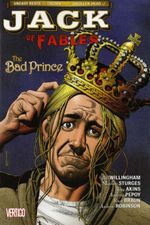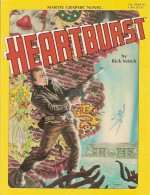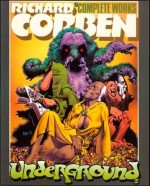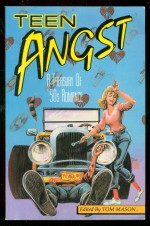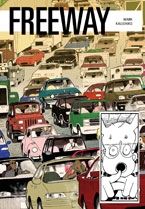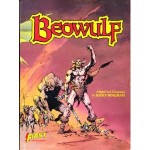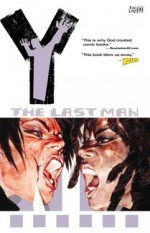
By Brian K Vaughan, Pia Guerra Goran Sudžuka & José Marzán Jr. (Vertigo)
ISBN: 978-1-84576-358-9
When an apparent plague killed every male on Earth, only student Yorick Brown and his pet monkey Ampersand survived in a world instantly utterly all-girl. Even with a government super-agent and a geneticist escorting him across the unmanned American continent to a Californian bio-lab, all the boy could think of was re-uniting with his girlfriend Beth, trapped in Australia when the disaster struck.
With his rather reluctant companions secret agent 355 and Dr. Allison Mann – who were trying to solve the mystery of his continued existence – the romantically determined oaf trekked overland from Washington DC to California, getting ever closer to his fiancée… or so he thought. Each of his minders harboured dark secrets: Dr. Mann feared she might have actually caused the plague by giving birth to the world’s first parthenogenetic human clone and the lethally competent 355 had allegiances to organisations far-more far-reaching than the American government….
Also out to stake their claim and add to the general tension were renegade Israeli General Alter Tse’Elon and post-disaster cult called “Daughters of the Amazon†who wanted to make sure that there really were no more men left to mess up the planet. Other complications included Yorick’s occasionally insane sister, Hero, stalking him across the ultra-feminised, ravaged and now utterly dis-United States and the boy’s own desirability to the numerous frustrated and desperate women he encountered en route to Oz…
After four years and some incredible adventures Yorick (a so-so scholar but a proficient amateur magician and escapologist) and crew reached Australia only to discover Beth had already taken off on her own odyssey to Paris. During the hunt Dr. Mann discovered the truth: Yorick was alive because his pet Ampersand was immune and had insulated his owner via his habit of “sharing†his waste products if Yorick didn’t duck fast enough…
As this book, reprinting issues #49-54 of the award-winning comics series, opens with the eponymous four-chapter ‘Motherland’ (illustrated by Pia Guerra & José Marzán Jr.) Yorick and his guardians are following a trail to the true architect of the plague in Hong Kong, only to be captured by the cause of all the world’s woes – a deranged biologist cursed with genius, insanity and a deadly dose of maniacal misogynistic hubris.
Just before a breathtaking denouement wherein Yorick and Allison learn the incredible reasons for the plague, and Agent 355 and turncoat Australian spy Rose clash for the final time with the ninja who has been stalking them for years, the scene switches to France where Yorick’s sister Hero has successfully escorted the baby boys born in a hidden Space Sciences lab to relative safety… although General Tse’Elon is not a pursuer easily avoided or thwarted…
Even after the plague is demystified, the villain fully come-uppanced and the world on the verge of coming back from the brink of extinction there’s still stories to be told as seen in ‘The Obituarist’ (with art from Goran Sudžuka& José Marzán Jr.) wherein the murder of Yorick’s mother by Tse’Elon takes centre-stage in a divertissement which hints that the planet is already fixing itself and this penultimate volume concludes with ‘Tragicomic’ (Sudžuka& Marzán Jr. again) as the lunatic land of Hollywood begins its own comeback: making trash movies, spawning bad comicbooks and splintering into a host of territorial gang-wars…
The end was in sight and even with the series’ overarching plot engine seemingly exhausted there was still one last string of intrigue, suspense and surprise in store from writer Brian K. Vaughn. The last of Y the Last Man will prove to be the best yet but that’s an unmissable tale for another time…
© 2006, 2007 Brian K Vaughan & Pia Guerra. All Rights Reserved.

